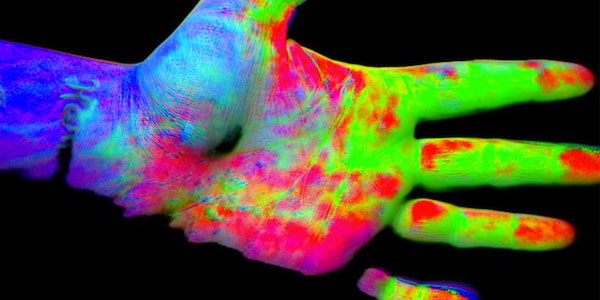Another day and another use for the trusty thermal camera!
Although the particular model of thermal camera used by the researchers at the University of Rochester is typically used for finding pathogens in a forested landscape, head researcher Francisco Tausk and his crew of research-y folk have found that a thermal camera can also be used to diagnose problems with human skin.
The particular branch of research focuses on psoriasis, a condition that causes red inflammation of the skin and an appearance of scale-like instances on the skin known as ‘lesions’. As it stands, the condition is identified by assessing the surface of the skin itself, but it is believed that this is not an accurate representation of how large the problem can be.
By using a thermal camera, scientists are able to fully quantify the redness underneath skin lesions because it warms the skin, and they are also able to use ultraviolet light to fully gain a thermal reading of how deep the psoriasis is affecting the patient’s skin.
This method then allows the scientist to ascertain where new lesions may develop, and prescribe treatments accordingly to potentially prevent new flare-ups on other areas of the skin.
The new method is expected to be used in clinical trials soon.


